As the leaves change colors and the temperatures drop in Ohio, it’s time to shift your focus to ensuring your commercial HVAC (Heating, Ventilation, and Air Conditioning) system is ready for the impending colder months. Proper fall maintenance is essential to keep your HVAC system running efficiently, reduce energy costs, and prevent costly breakdowns during the winter. In this blog post, we’ll provide you with a comprehensive fall maintenance checklist to help prepare your commercial HVAC system for the Ohio autumn and winter seasons.
- Inspect and Replace Air FiltersStart your fall maintenance routine by inspecting and replacing the air filters in your HVAC system. Clogged or dirty filters restrict airflow and force your system to work harder, leading to increased energy consumption and potential damage.
- Check the ThermostatVerify that your thermostat is functioning correctly and calibrated to maintain comfortable indoor temperatures. Consider upgrading to a programmable or smart thermostat to optimize energy usage.
- Clean the DuctworkOver time, dust, debris, and allergens can accumulate in your ductwork, affecting indoor air quality and system efficiency. Arrange for professional duct cleaning to ensure clean, unobstructed airflow.
- Inspect Electrical Connections and ControlsHave a licensed technician inspect all electrical connections, controls, and wiring for signs of wear or damage. Faulty electrical components can lead to system malfunctions or even fires.
- Lubricate Moving PartsProper lubrication of the HVAC system’s moving parts, such as motors and bearings, reduces friction and extends their lifespan. It also ensures quieter operation.
- Inspect and Clean Evaporator and Condenser CoilsClean evaporator and condenser coils to remove dirt and debris buildup, which can hinder heat transfer and reduce system efficiency. Regular cleaning helps maintain optimal performance.
- Check the Heat ExchangerFor heating systems, a cracked or damaged heat exchanger can lead to carbon monoxide leaks, posing a serious safety hazard. A professional inspection is crucial to detect and address any issues.
- Test Safety ControlsEnsure all safety controls, such as limit switches and pressure switches, are functioning correctly. These controls are essential for shutting down the system in case of emergencies.
- Inspect and Clean Drain Pans and LinesClogged drain pans and lines can lead to water damage and mold growth. Cleaning and disinfecting these components help maintain indoor air quality and prevent water-related issues.
- Schedule Professional MaintenanceWhile many tasks can be performed by your maintenance staff, it’s essential to schedule a professional HVAC technician for a comprehensive inspection and tune-up. They can identify potential problems and perform necessary adjustments, ensuring your system operates at its peak efficiency.
Investing time and resources in fall maintenance for your commercial HVAC system in Ohio is a proactive step that can save you money and headaches in the long run. A well-maintained HVAC system will provide reliable heating and ventilation during the harsh winter months while helping you manage energy costs. Don’t wait until the cold weather arrives—start your fall HVAC maintenance now to ensure a comfortable and productive indoor environment for your business.
For Automated HVAC Systems:
- Update Software: Ensure that the HVAC system’s software and firmware are up to date, as manufacturers often release updates to improve efficiency and security.
- Remote Monitoring: Utilize remote monitoring tools and software to assess system performance, detect anomalies, and receive real-time alerts about any issues.
- Energy Optimization: Leverage automation features to optimize energy usage by adjusting temperature settings based on occupancy and weather conditions.
- Scheduled Maintenance: Use the system’s scheduling capabilities to plan regular maintenance checks and filter replacements, ensuring consistent performance.
- Data Analysis: Analyze historical data provided by the automated system to identify trends and areas for improvement in energy efficiency.
Whether your commercial HVAC system is traditional or automated, fall maintenance is a critical step to ensure reliable performance and cost-effective operation during Ohio’s colder months. With automated systems, take advantage of remote monitoring, energy optimization, and data analysis tools to enhance efficiency and reduce energy expenses. By staying proactive and adhering to this comprehensive checklist, you can enjoy a comfortable and trouble-free indoor environment while optimizing your HVAC system’s performance.

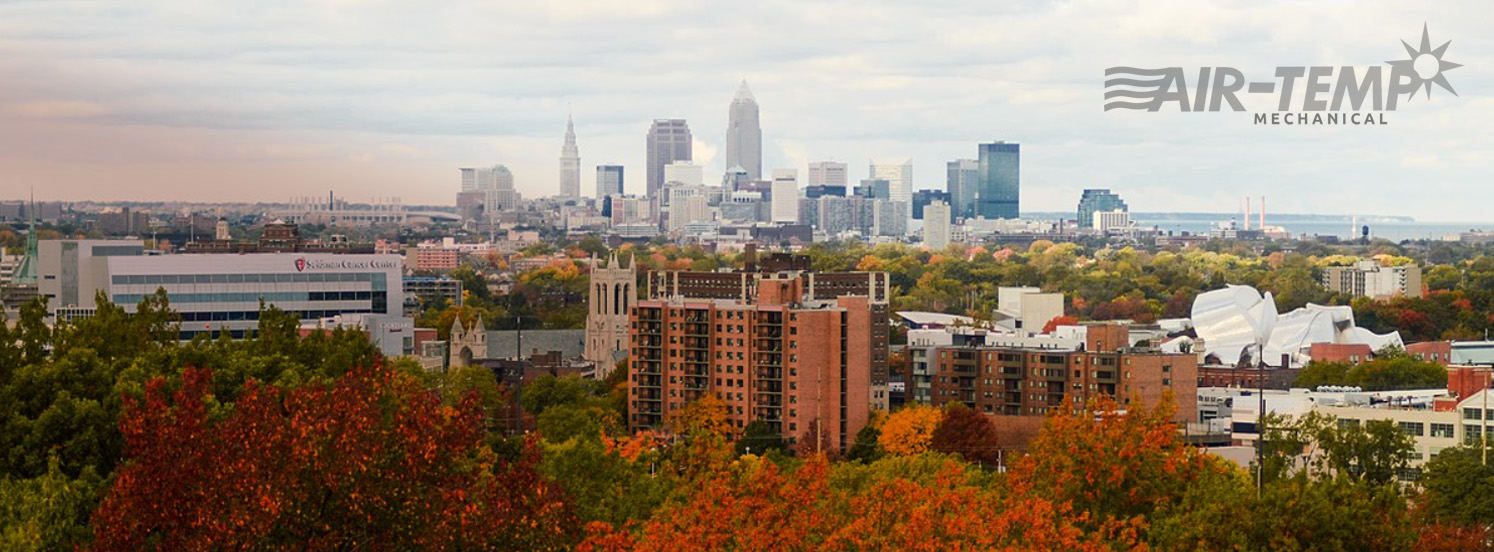
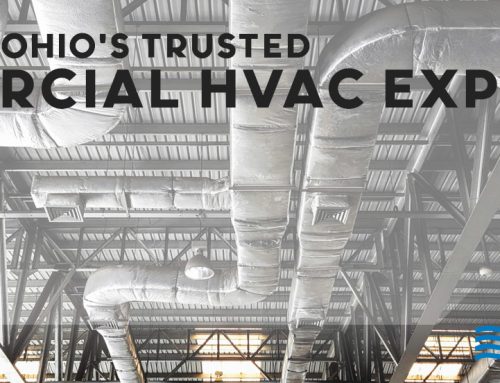
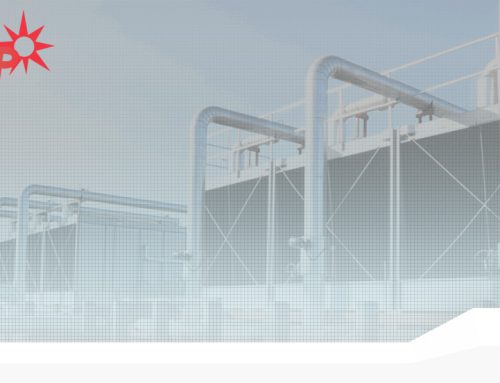
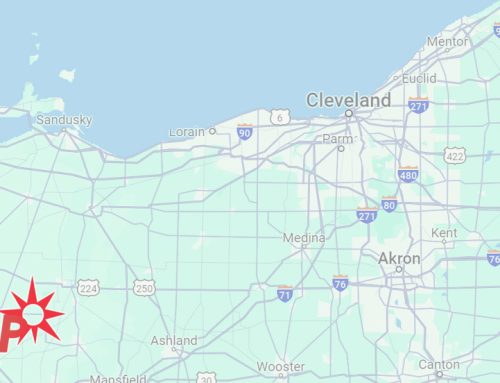

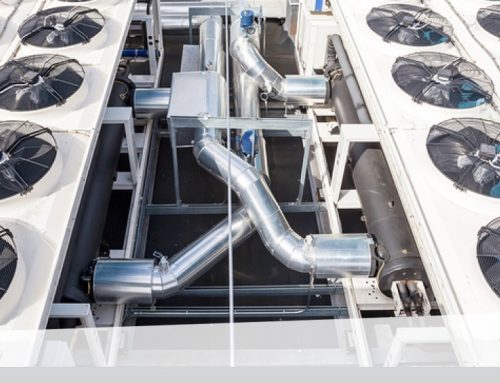
Leave A Comment